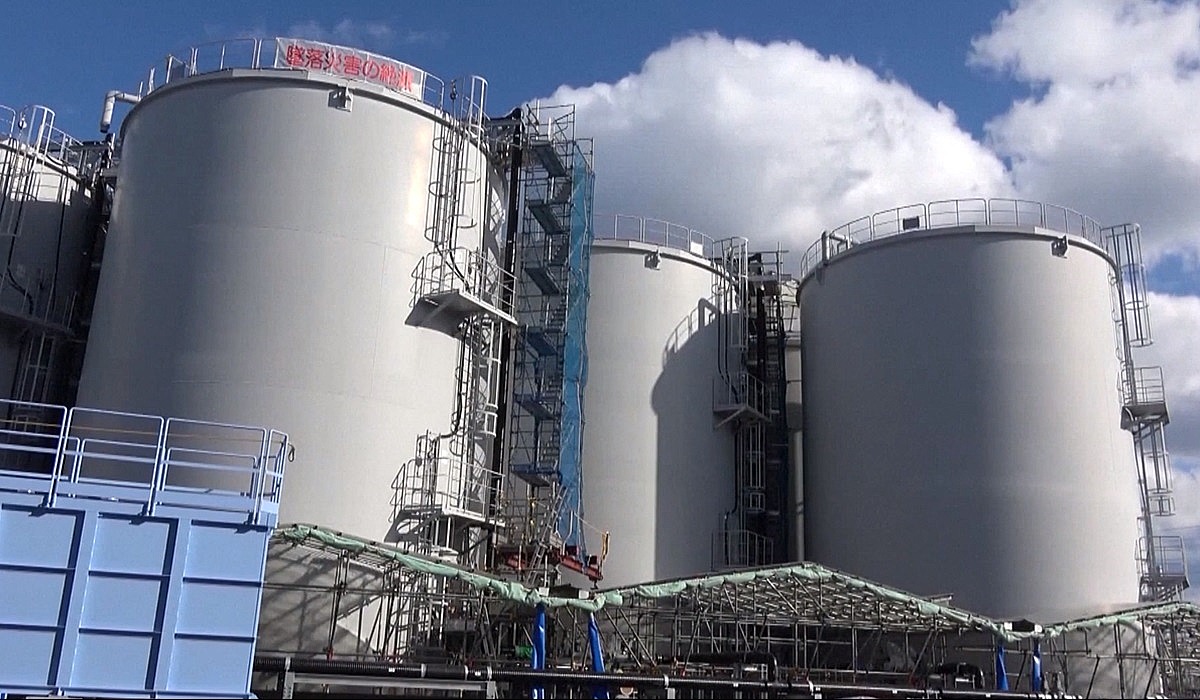Tokyo Electric Power Company (TEPCO) revealed on Monday it will release the fourth scheduled round of treated contaminated wastewater from the Fukushima Daiichi Nuclear Power Plant into the Pacific Ocean. This release is scheduled to occur in late February 2024 and conclude in March with an estimated volume of 7,800 tons.
Severely damaged in March 2011 by a 9.0 magnitude earthquake and subsequent tsunami, it has since grappled with managing water tainted with radioactive substances. The upcoming release follows the August discharge of the current year, despite domestic and international reservations. The International Atomic Energy Agency (IAEA) reviewed and cleared the plan.
The Fukushima Power Plant stores over 1.3 million tons of treated nuclear-contaminated wastewater on-site, necessitating a carefully executed discharge process that is anticipated to extend over several decades. The February 2024 release marks the final phase of the 2023 plan, aiming to release approximately 31,200 tons of water in storage tanks into the Pacific Ocean.
While Japan continues to assert the safety of its disposal methods, environmental groups and some Japanese citizens have expressed concerns about the potential long-term consequences of such releases. The debate surrounding the decision emphasizes the intricate balance between addressing immediate challenges and ensuring the responsible management of harmful substances that can leave a damaging legacy on global ecosystems.
As the discharge date approaches, the focus remains on the technical processes involved and the measures in place to minimize any potential environmental impact. The Fukushima Daiichi Power Plant is a focal point for ongoing discussions on the complex challenges of nuclear disasters and the importance of international cooperation in managing their aftermath.









